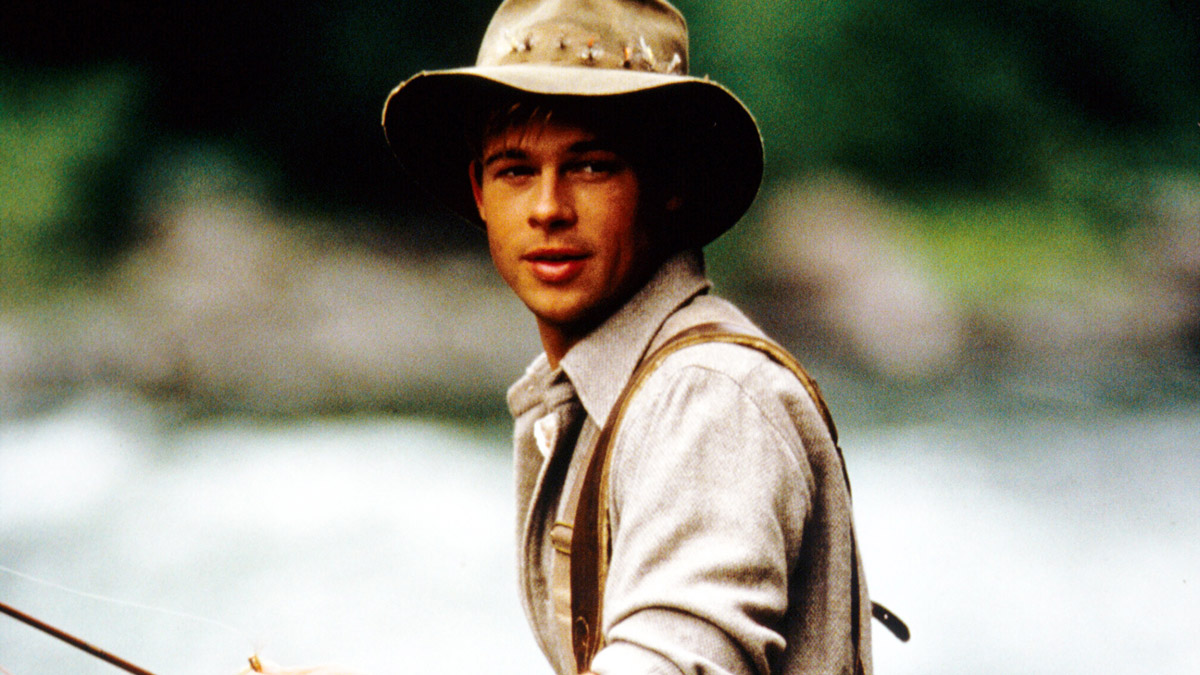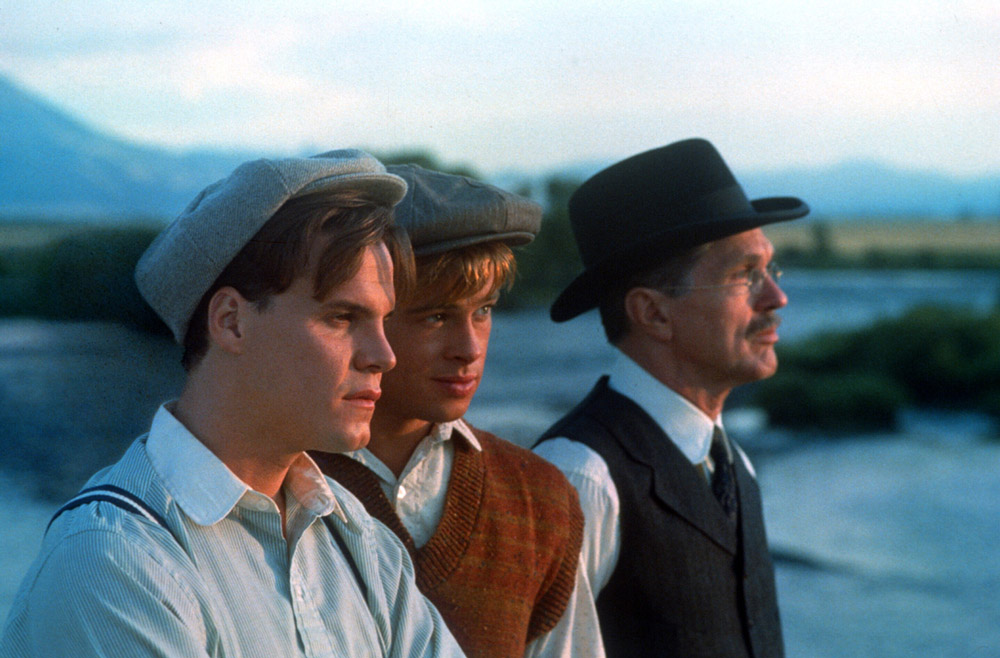
(c) Photofest / Getty Images
"A River Runs Through It" A masterpiece created by a fateful encounter between Robert Redford and Brad Pitt
2019.08.10
The influence of the film version has been reevaluated
When the original work was released, it was not thought at all that it would become a popular novel, and the same was true for the film version, which had difficulty finding investors and was (almost) not expected to be a hit. However, after its release, it became a hot topic and had a major impact on the fishing industry. The success of this film increased sales in the American fly fishing industry, increasing sales by 60% from the previous year in 1992, the year of its release, and by another 60% in 1993, contributing to an increase in the fishing population.
In addition, the Big Blackfoot River in Montana, where the story takes place, became a tourist attraction, and the movie had an impact on the tourism industry (although the story is set in Missoula, the movie was filmed in the same Montana locations such as Livingston and Bozeman). (The film was shot on the Gallatin River instead of the Big Blackfoot River). The film's success was also said to be a catalyst for cleaning up the Big Bragfoot River, which had previously been polluted.
2017 marked the 25th anniversary of the production of A River Runs Through It, with a three-day festival in Montana called "In the Footsteps of Norman MacLean," where the film was screened.
Tom Skerritt, who played the father, producer Patrick Markey, screenwriter Richard Friedenberg, and Jean MacLean Snyder, the author's daughter who also served as a consultant for the film after her father's death, were on stage. A talk event was also held, and Gene commented, ``I'm grateful that the story that my father cherished was made into a movie like this.''

"A River Runs Through It" (c)Photofest / Getty Images
That year, the original book was also republished, with a foreword by Redford added: ``Adapting this original work to film was a great challenge for me. It also reflects the harmony between the two.”
On the other hand, the original author MacLean wrote the following acknowledgment. “The people who pushed me and inspired me to write this book were my daughter Jean and son John, who wanted me to write down some of the stories they told me when they were younger. body”
His younger brother, Paul MacLean, met his end mysteriously in May 1939, and Norman has been suppressing his story ever since (the culprit remains unknown).
Nearly 40 years The Day After, Norman writes the story of his family. I also met my younger brother in my memories. The resulting novel was recognized as a great American literary work (candidate for the Pulitzer Prize), and a talented director put his heart into making it into a film, making it a masterpiece of drama on the screen. Mareta.
The reprinted original book uses photographs of the Big Blackfoot River published in 2013 by contemporary photographer Steve Beaumont, conveying the river's majestic and mysterious charm. The words ``I am obsessed with the world of water,'' which appear at the end of both the original work and the movie, become more convincing once again.
Text: Sawako Omori
Movie journalist. His books include "Lost Cinema" (Kawade Shobo Shinsha) and other books, and his translations include "Woody" (by D. Evanier, Kinema Junposha). Contributes to magazines such as ``Weekly Women'', ``Music Magazine'', and ``Kinema Junpo''. A research book based on the web series, ``Mini Theater Revisited,'' is also scheduled to be published.
(c) Photofest / Getty Images

